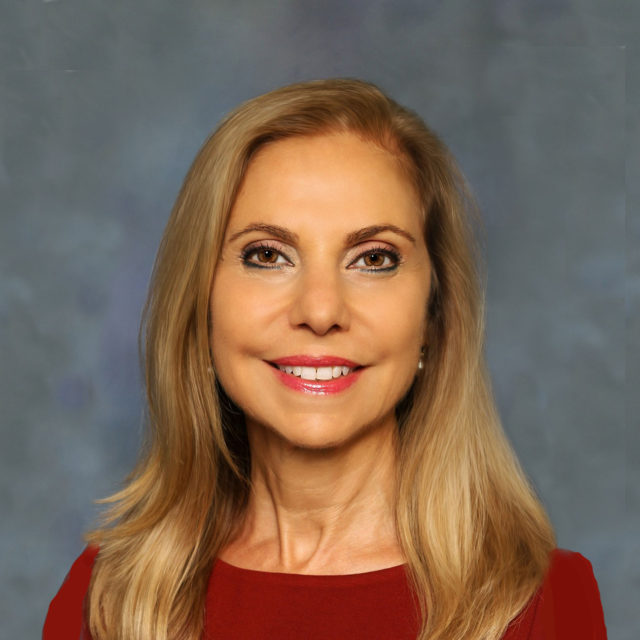PART 2 OF A 10-PART SERIES
Considerations for Patients Without Dry Eye Symptoms
In this, Part 2 of our series, Real-World Answers From Experts in Dry Eye Disease, we discuss considerations for patients without dry eye symptoms. In this article, Dr. Jerry Robben asks the experts what clinicians should consider when discussing Dry Eye Disease with asymptomatic patients where Dry Eye Disease is already present on the ocular surface.
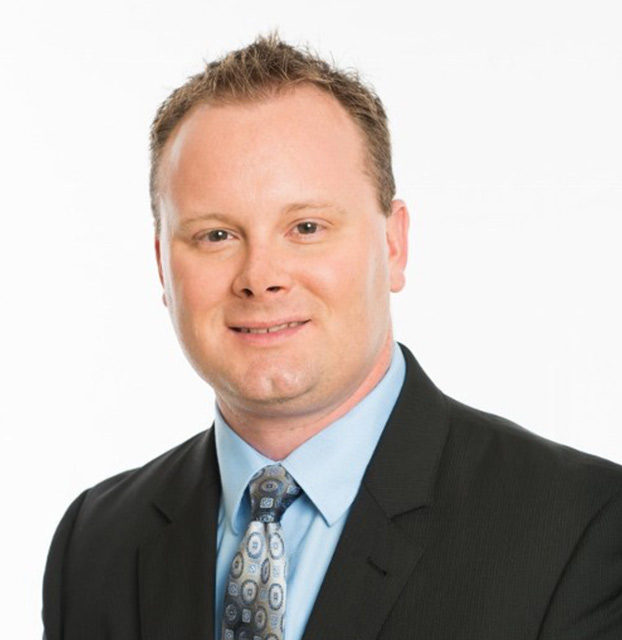
Jerry Robben, OD
Jerry Robben, OD
Bowden Eye & Associates
Jacksonville, Florida
Dr. Robben is the Chief Optometric Physician at Bowden Eye & Associates. He is also an Adjunct Assistant Professor at Arizona College of Optometry. He is a Founding Partner of Dry Eye University and a Founding Member and contributor of Dry Eye Access. He attended graduate school at Nova Southeastern University in Fort Lauderdale, Florida, where he received a second bachelor’s degree in Vision Science and his Doctorate in Optometry. During his externships, Dr. Robben had extensive training in binocular vision disorders and vision therapy. He also focused on pediatric care, contact lenses, low vision, and ocular disease. With a background in clinical education, Dr. Robben started a student doctor externship program, and is also an Adjunct Clinical Assistant Professor for the Arizona College of Optometry where he supervises the 4th Year Optometry Resident Doctors who are completing their externships for graduation. Dr. Robben is a leader in the treatment and management of Dry Eye Disease and has been recognized as a national speaker and educator on the subject. He frequently speaks in educational settings for optometrists, technicians and ophthalmologists across the country.
Patients without dry eye symptoms don’t know that they are already suffering from Dry Eye Disease.
Just as I stated in Part 1: Motivating Unaware Patients With Dry Eye Symptoms, I like to use a dental analogy, because patients are familiar with that. I discuss how we do not wait for a toothache before we brush and floss our teeth. In a similar way, we can exercise proactive treatments for our eyes to promote health, even if dry eye symptoms are not perceived. If basic ocular treatment is not likely to be enough, I will discuss how the patient’s ocular signs and diagnostic results indicate that pathology is present and requires treatment, even though they don’t feel it . . . yet.
How do you start a conversation and educate about dry eye to an asymptomatic patient, where the exam reveals the presence of Dry Eye Disease that requires treatment?
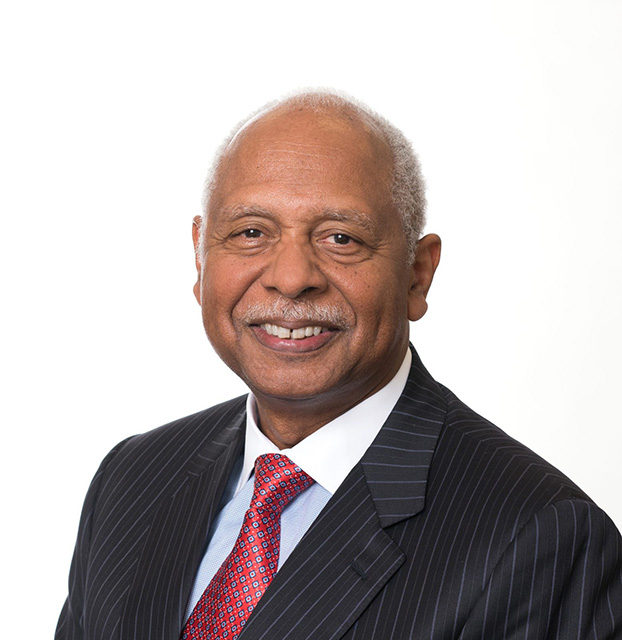
Frank W. Bowden, III, MD, FACS
Frank W. Bowden, III, MD, FACS
Bowden Eye & Associates
Jacksonville, FL
Dr. Frank W. Bowden, III, had his fellowship as a cornea specialist at Wills Eye. He is President, Medical Director and Founder of Bowden Eye & Associates, President and Medical Director of Eye Surgery Center of North Florida, LLC. He is also a Founding Partner of Dry Eye University and a Founding Member, Advisory Board and Contributor of Dry Eye Access. Previously, he was an Assistant Clinical Professor at University of Florida, Jacksonville.
Dr. Frank W. Bowden, III, founded Bowden Eye & Associates in 2001, focusing the practice on comprehensive eye care; custom cataract surgery; refractive and LASIK surgery; glaucoma surgery and laser therapy; treatment of Dry Eye Disease and other ocular surface disorders; corneal transplantation; and corneal and external diseases. As a fellowship-trained cornea specialist, he is uniquely qualified to treat Dry Eye Disease; corneal abrasions, inflammations, ulcers, scarring, injuries and infections; keratoconus; as well as pediatric corneal diseases. He also specializes in corneal transplantation using advanced techniques such as PKP, DSAEK, and DALK.
Convincing a patient without dry eye symptoms that he or she has Dry Eye Disease is a difficult discussion. It is important to ask the patient about symptoms not likely to be regarded as Dry Eye Disease, such as visual fluctuations, eye fatigue, contact lens intolerance, and tired eyes. And, of course, it is important to rely on POS testing explaining the clinical significance of abnormal results.
For patients without dry eye symptoms, I ask questions on topics such as the need to blink to get reading material into focus, whether the eyes feel tired throughout the day, if there is any difficulty seeing clearly in the late afternoon while using a monitor or laptop. If the question to any of these is affirmative, I educate the patient that he or she has Dry Eye Disease. If the patient is still asymptomatic, I explain that there is a disconnect between signs and dry eye symptoms, and it is best to treat proactively before the symptoms start.
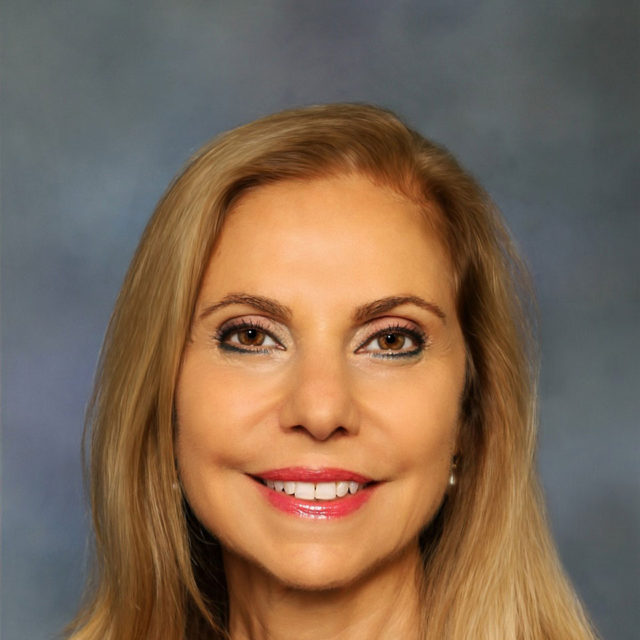
Cynthia Matossian, MD, FACS, ABES
Cynthia Matossian, MD, FACS, ABES
Matossian Eye Associates
New Jersey and Pennsylvania
Cynthia Matossian, MD, FACS, is the founder, CEO, and medical director of Matossian Eye Associates with multiple offices in PA and NJ. She specializes in refractive cataract surgery and dry eye disease. She was named one of Ocular Surgery News’ Premier Surgeon 300—an elite group of 300 premium refractive cataract surgeons in the US. She was the 2017 winner of the Ophthalmic World Leaders Visionary Award. She has been named one of the Top 25 Leading Women Entrepreneurs in New Jersey and one of New Jersey and Pennsylvania’s Best 50 Women in Business. She is a Clinical Assistant Professor of Ophthalmology (Adjunct) at Temple University School of Medicine. Contact Info: cmatossian@matossianeye.com.
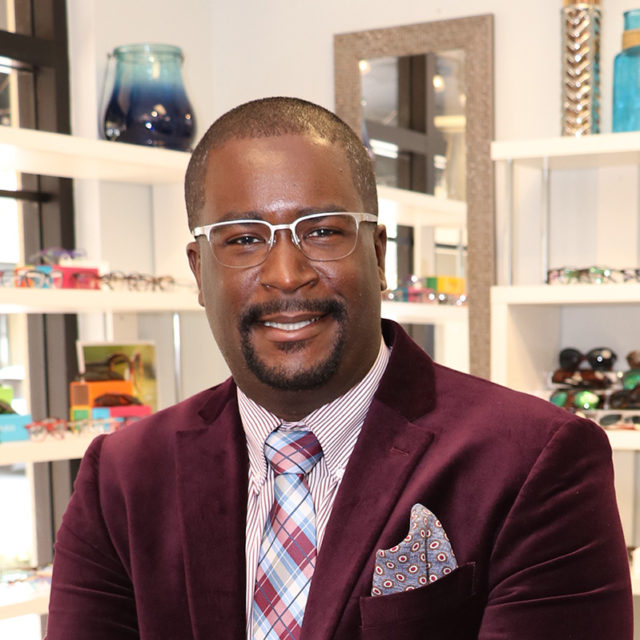
Adam Ramsey, OD
Adam Ramsey, OD
Iconic Eye Care
Palm Beach Gardens, Florida
Adam Ramsey, OD serves as the Medical Director of Iconic Eye Care in Palm Beach Gardens FL. Dr. Ramsey’s practice encompasses ocular surface disease, glaucoma, surgical co-management, macular degeneration care and diabetic eye exams. Dr. Ramsey is the current President of the Palm Beach County Optometric Association and is also the Vice-President of T. Leroy Jefferson Medical Society an affiliate of National Medical Association. He also serves as the Chief Optometric officer for Seminole Health Indian Reservation for the state of Florida servicing 3 locations.
Patients whose eyes are dry but who do not perceive it are often the hardest to accept treatment. Patients without dry eye symptoms need to be shown evidence and numerical values through advanced diagnostics. In our office, we use the Oculus K5m and the Crystal Tear Report to explain the need for treatment of tear film dysfunction or meibomian gland disease. Anterior segment photography can be one of the most powerful tools for these kinds of patients. Sometimes a simple thing like checking visual acuity before and after applying oil-based artificial tears to show improvement can turn a patient into a believer.
It is important to recognize that many mild dry eye patients without dry eye symptoms do not need treatment. Although we know Dry Eye Disease may progress, it doesn’t in about 85% of patients with mild dry eye. If they are asymptomatic and mild, they may require no treatment at all.
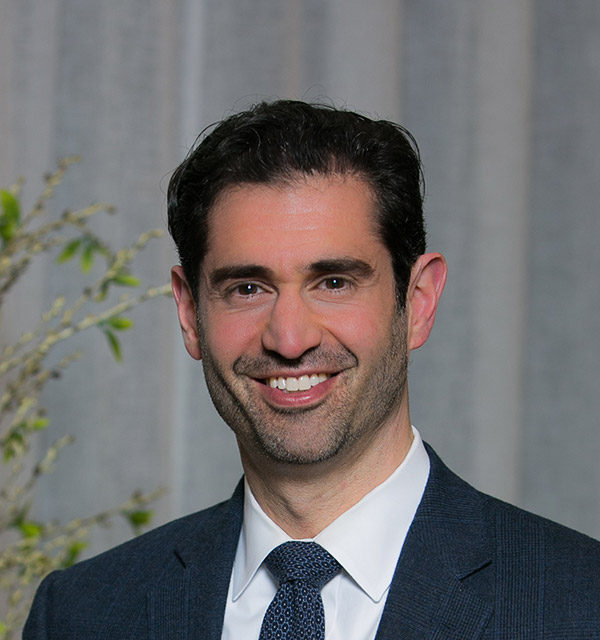
Richard Adler, MD, FACS
Richard Adler, MD, FACS
Belcara Health
Baltimore, Maryland
Dr. Richard Adler is an Assistant Professor of Ophthalmology at the Wilmer Eye Institute and Director of Ophthalmology at Belcara Health in Baltimore, Maryland. Dr. Adler completed his medical training and residency at Johns Hopkins as well as a fellowship in Cornea and External Disease at the Wilmer Eye Institute. Dr. Adler has published numerous papers and speaks nationally on topics related to the unique challenges of Dry Eye Management.
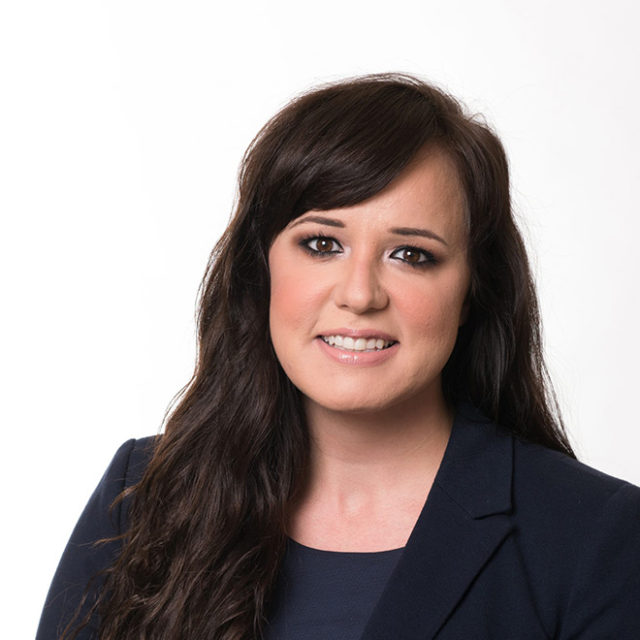
Sarah Darbandi, MD
Sarah Darbandi, MD
Bowden Eye & Associates
Jacksonville, FL
Dr. Sarah Darbandi is a fellowship trained cornea specialist. She is the Vice-President, Owner and Director of Aesthetic services for Bowden Eye & Associates. She is also a Founding Partner of Dry Eye University and a Founding Member, Advisory Board and Contributor of Dry Eye Access.
She attended Medical School at West Virginia University, then went on to residency in Ophthalmology at the West Virginia University Eye Institute. With her interest in corneal transplantation and refractive surgery, she then completed a fellowship in Albany, New York, in Cornea and Refractive Surgery. In 2015, she became partner and Vice President of Bowden Eye & Associates. Dr. Darbandi provides general ophthalmic care, custom cataract surgery, corneal transplantation, ocular surface reconstruction, and refractive surgery.
When counseling a patient without dry eye symptoms, I often use my iPhone to demonstrate the abnormalities of the lids and tear lake. I emphasize that with all the stress and use of our eyes, there often has to be additional maintenance performed to keep the tear film in balance to allow comfort and good visual acuity. I discuss symptoms that they may not be aware of such as fluctuating vision and needing to blink to see better. I often emphasize that this gets worse and not better and that it’s necessary to intervene with treatment to ensure the normal structures that produce the tear film remain healthy and intact. Showing pictures of normal and abnormal glands is often helpful, and ordering metrics to help demonstrate abnormalities is also helpful.
A fluorescein photograph of their damaged cornea can help patients without dry eye symptoms better understand the issue. A picture is worth a thousand words.
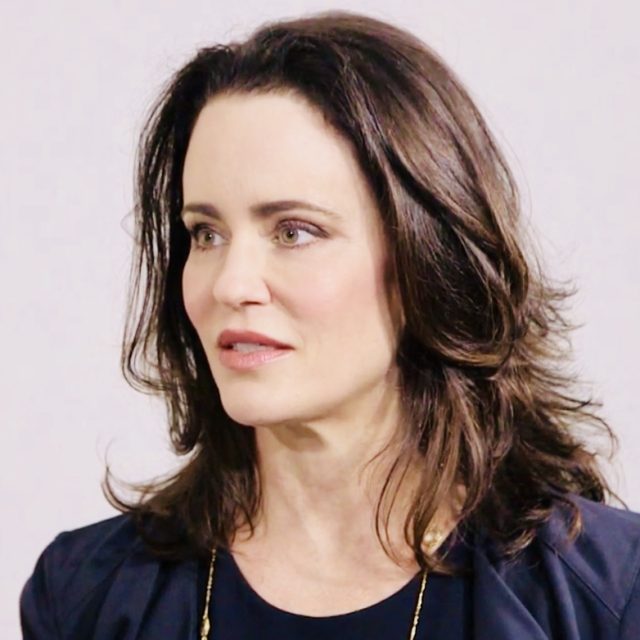
Laura M. Periman, MD
Laura M. Periman, MD
Evergreen Eye Center
Seattle, Washington
Laura Periman, MD is a board-certified ophthalmologist, fellowship-trained cornea and refractive surgeon and Ocular Surface Disease Expert. She knew she wanted to be a doctor since the age of 12 and always seen eyes as the key defining feature of every person. Her interests in molecular biology began with winning the Terry Spies Memorial Scholarship at the Oregon Regional Primate Research Center as an undergraduate at Willamette University in Salem, OR.
Her interests in immunopathophysiology took root during her work in Research and Development at Immunex Corporation in the Molecular Biology Department prior to attending medical school at the University of Washington in Seattle, WA. During medical school, she received the Rex and Arlene Garrison Oncology Fellowship, the Western Medical Student Research Committee Award for Excellence and was elected to the honor society, Alpha Omega Alpha. Upon graduation with honors, she also received the Georgianna Kirby Award for outstanding patient dedication and compassion.
Dr. Periman completed her Ophthalmology Residency as well as Cornea/Refractive Fellowship at the University of Washington in Seattle. She is an international lecturer on Ocular Surface Disease. She has nine peer reviewed publications, two chapters, a review article and independent study in press, and has written extensively on the topic of Ocular Surface Disease. Her unique and passionate perspective on OSD stems from her work in immunopathophysiology. She is an innovator and enthusiastic speaker who loves bridging the gap between basic science, clinical practice and patient compassion.
As Director of Dry Eye Services and Clinical Research at Evergreen Eye Center Seattle, WA she combines her clinical care passion, scientific drive and innovative creativity to provide first class Ocular Surface Disease management.
For more information on Dr. Periman, please visit her website www.dryeyemaster.com.
Communicating with the patient with Dry Eye Disease can take many forms. Each of our experts has a different approach to this process. But they all agree on the importance of clear communication from the first appointment forward. By combining multiple perspectives from our esteemed Dry Eye Access advisory boards, you are able to begin the process of creating your own standard of care for Dry Eye Disease.

